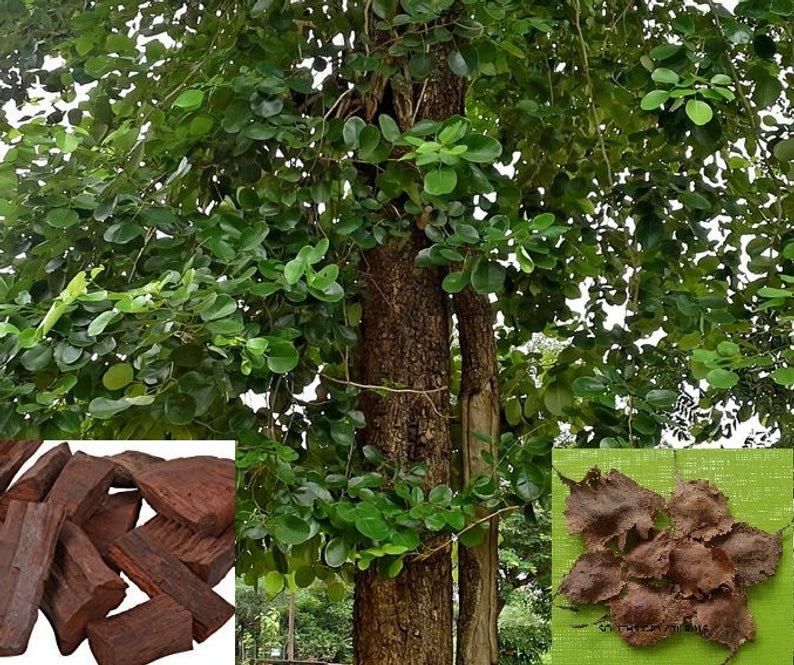Product Detail
Sandalwood
1.Origin Country: Sandalwood trees are native to the Indian subcontinent, including countries like India, Sri Lanka, Indonesia, and Australia. They are also found in other parts of Asia and the Pacific Islands.
2.Variety and Color: Sandalwood trees, particularly the Indian Sandalwood (Santalum album), are known for their heartwood, which is a pale yellow to golden-brown color and has a distinctive, sweet, and aromatic fragrance. The heartwood is highly valued for its oil.
3.Edibility and Commercial Use: Sandalwood heartwood is not edible, but it is highly prized for its fragrant oil, which is used in perfumes, incense, and traditional medicine. The wood is also used in carving, especially in making religious and ornamental items.
4.Native/Wild or Commercial: Sandalwood trees are both wild and commercially cultivated. Due to high demand and conservation efforts, many countries have regulations regarding the harvest and trade of Sandalwood.
5.Commercial Long/Short Term: Sandalwood is grown for long-term commercial purposes, as it takes several decades for the tree to mature and produce heartwood with the valuable fragrance.
Short Description:
- Sandalwood: This aromatic tree, native to India and other parts of Asia, is renowned for its fragrant heartwood. Used in perfumes, incense, and carvings, Sandalwood has a rich cultural and commercial significance.
Price: $40.00
